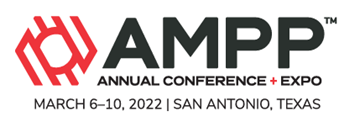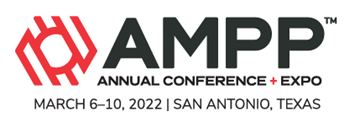Search
AMPP Conference Papers
View as
Sort by
Display
per page
Performance of Corrosion-Resistant Alloys in Acidic Chloride Solutions containing Bleach
Product Number:
51323-19338-SG
Publication Date:
2023
$20.00
Performance of Damaged Thermal Spray Coatings in Phase Change Materials (PCMs) Used in Geothermal Plants
Product Number:
51324-21060-SG
Publication Date:
2024
$40.00
Performance of Distributed Galvanic Anode Systems in Bridge Structures
Product Number:
51323-19214-SG
Publication Date:
2023
$20.00
Performance of Distributed Galvanic Anode Systems on Bridges in the United States
Product Number:
51323-19172-SG
Publication Date:
2023
$20.00
Performance Of Laser Additively Manufactured Alloys In (Light Water) Reactor Environments
Product Number:
ED22-17282-SG
Publication Date:
2022
$20.00
Performance of Thermal Spray Coatings in Phase Change Materials (PCMs) used in Geothermal Plants
Product Number:
51323-18862-SG
Publication Date:
2023
$20.00
Performance of Thermally Sprayed Aluminium in 10MPa Supercritical CO2
Product Number:
51324-21069-SG
Publication Date:
2024
$40.00
Performing Coating And Corrosion Assessments To Maintain Military Fuel Piping
Product Number:
51322-18027-SG
Publication Date:
2022
$20.00
Performing Corrosion Risks Assessments of Nuclear Waste Process Tanks Containing Variable Waste Chemistries
Product Number:
51323-18878-SG
Publication Date:
2023
$20.00
Phase Field Modeling Of Oxide Growth In An Aged Fe-Cr
Product Number:
ED22-17141-SG
Publication Date:
2022
$20.00
Ph-Responsive Copolymers As Silica Scale Inhibitors
Product Number:
51322-17703-SG
Publication Date:
2022
$20.00












